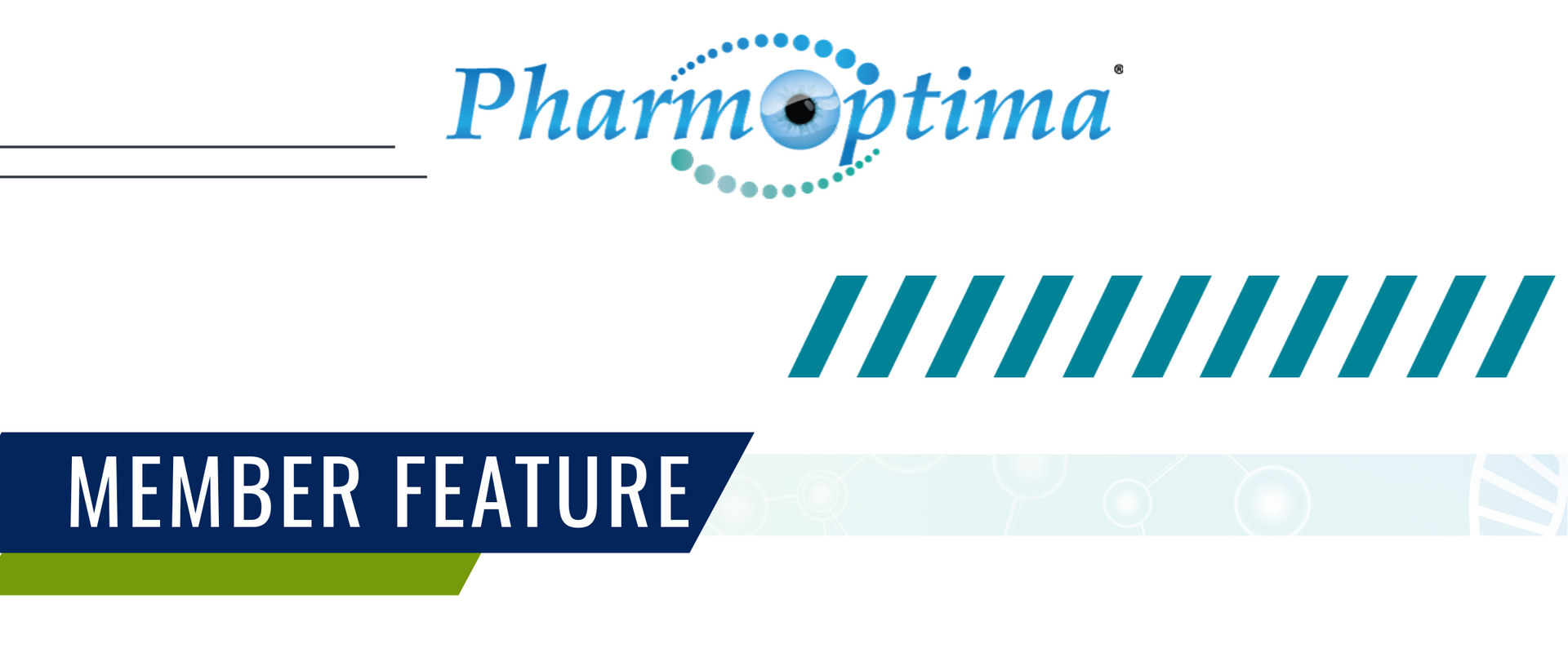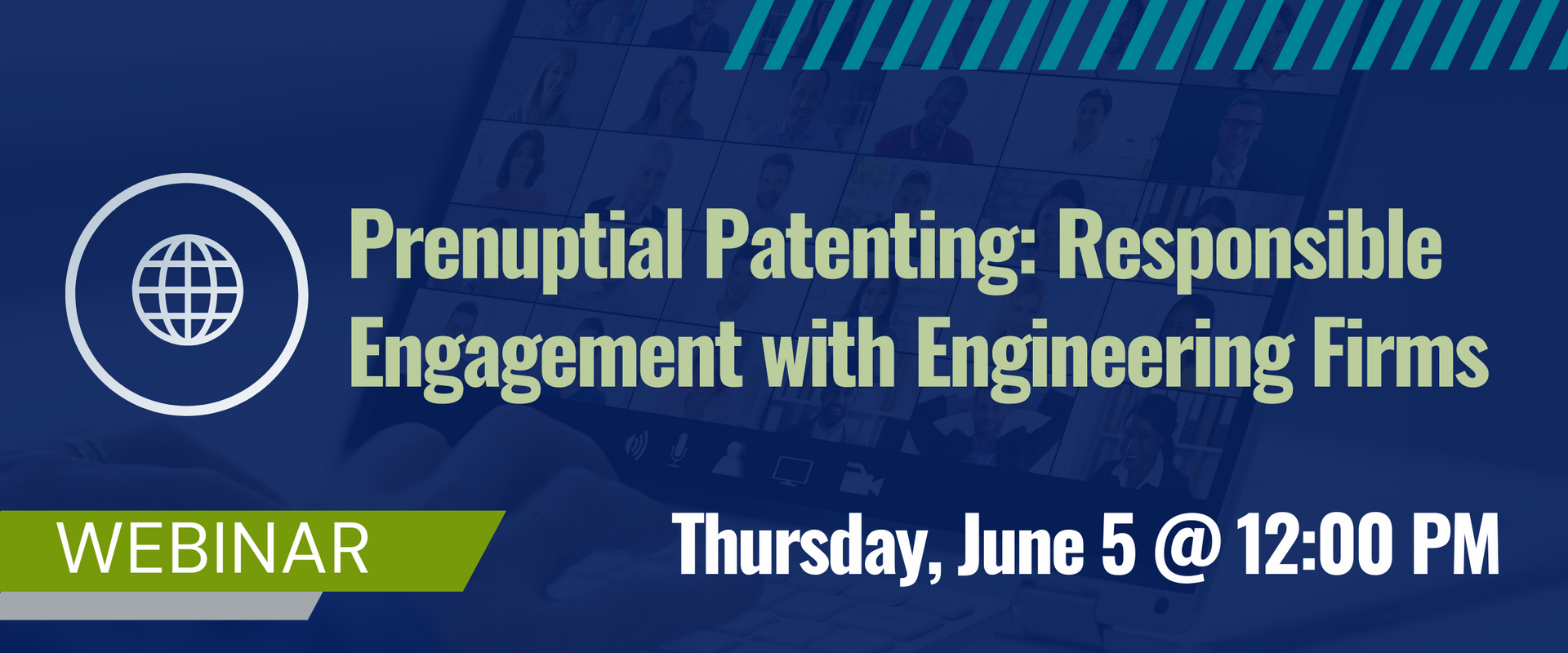Independent Contractor or Employee? It’s Time for Employers to Reassess.
Understanding the DOL’s New Worker Classification Rule
By Melvin J. Muskovitz, Esq.
The U. S. Department of Labor (DOL) has issued a new rule addressing worker classification under the Fair Labor Standards Act (FLSA). While the rule, which went into effect on March 11, 2024, has some aspects that favor employers, it is intended to narrow the scope of workers deemed to be independent contractors. In a DOL press release, Acting Secretary of Labor Julie Su stated, “Misclassifying employees as independent contractors is a serious issue that deprives workers of basic rights and protections” and that the rule “will help protect workers, especially those facing the greatest risk of exploitation, by making sure they are classified properly and that they receive the wages they’ve earned.”
The replaced rule primarily focused on two “core factors” – the extent of control exercised over key aspects of the work; and the opportunity for profit or loss. The new rule replaces these factors and applies the following six-factor “totality-of-the-circumstances analysis”: (1) The worker’s opportunity for profit or loss depending on managerial skill; (2) The relative amount of investment made by the worker in comparison to investments made by the potential employer; (3) The permanency of the worker’s relationship with the potential employer; (4) The nature and degree of the potential employer’s control; (5) The extent to which the work performed is an integral part of the potential employer’s business; and (6) Whether the worker uses specialized skills indicative of business-like initiative. In addition, the new rule states that “additional factors may also be considered if they are relevant to the overall question of economic dependence.”
Workers who do not meet the new criteria must be classified as employees and be paid at least the minimum wage and receive overtime pay if they work more than 40 hours in a workweek, unless they otherwise satisfy the requirements to be considered exempt under the FLSA. The employer would also need to comply with DOL recordkeeping requirements and maintain daily and weekly time records for the worker. The consequences of misclassification can be severe — employers who misclassify such workers can be liable for unpaid overtime going back up to three years, double damages, and attorneys’ fees and costs.
Another consequence of misclassification is the potential for claims by current employees who were not offered leave under the Family and Medical Leave Act (FMLA) because the employee count was incorrectly calculated to be under the FMLA’s minimum employee threshold (50 employees), and for claims by former employees who were not able to continue medical insurance coverage (at their cost) because the employee count was incorrectly calculated to be under the Consolidated Omnibus Budget Reconciliation Act (COBRA) minimum employee threshold (20 employees). Further, the issue of whether a worker is an employee or independent contractor comes up in other contexts (e.g., employee benefits, worker’s compensation benefits for work related injuries, payment of social security and Medicare taxes, FMLA leave, etc.). While the tests for determining a worker’s status vary depending on the applicable state or federal statute, a finding that a worker is an employee under the FLSA would make it more likely than not, that the worker would be deemed an employee under these other statutes as well, subjecting the employer to additional exposure.
The new rule is being challenged in court and more challenges could be forthcoming. Though it is possible the rule could be overturned and not enforced, it is risky to bank on such an outcome.
Employers should evaluate their existing and future worker relationships and independent contractor agreements, and make changes as necessary based on the new test.
Melvin J. Muskovitz is Senior Counsel at Dykema Gossett PLLC. in Ann Arbor, MI (mmuskovitz@dykema.com) . He has decades of experience in counseling and assisting employers with respect to issues arising under state and federal employment laws, assisting in drafting employment policies, preparing and enforcing confidentiality, non-solicitation and non-competition provisions, and drafting and negotiating employment and severance agreements, including with senior corporate executives. Mel combines investigative and trial skills with hands-on industry experience to find creative and practical solutions to personnel disputes and complex legal issues.
RECENT ARTICLES




